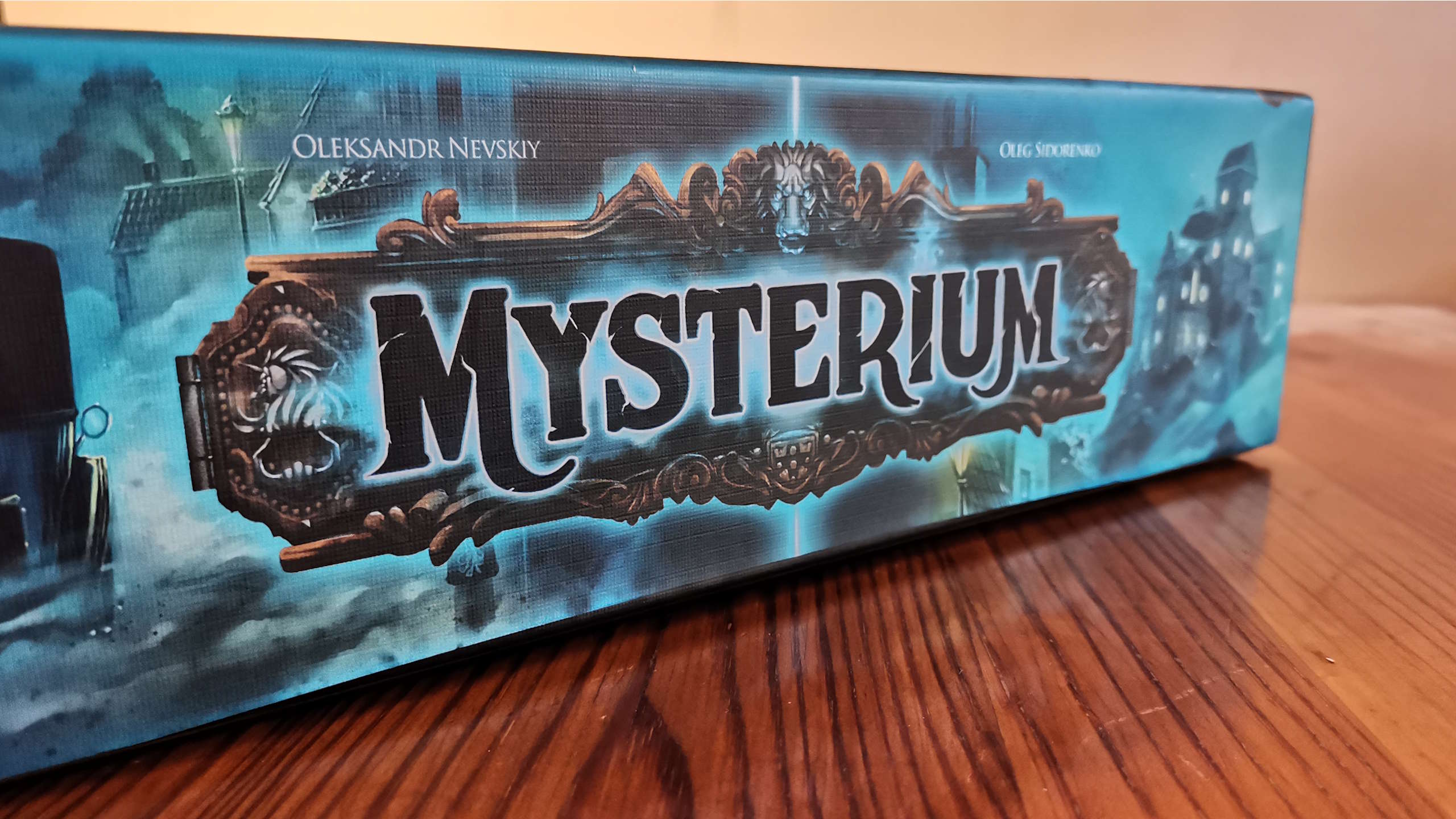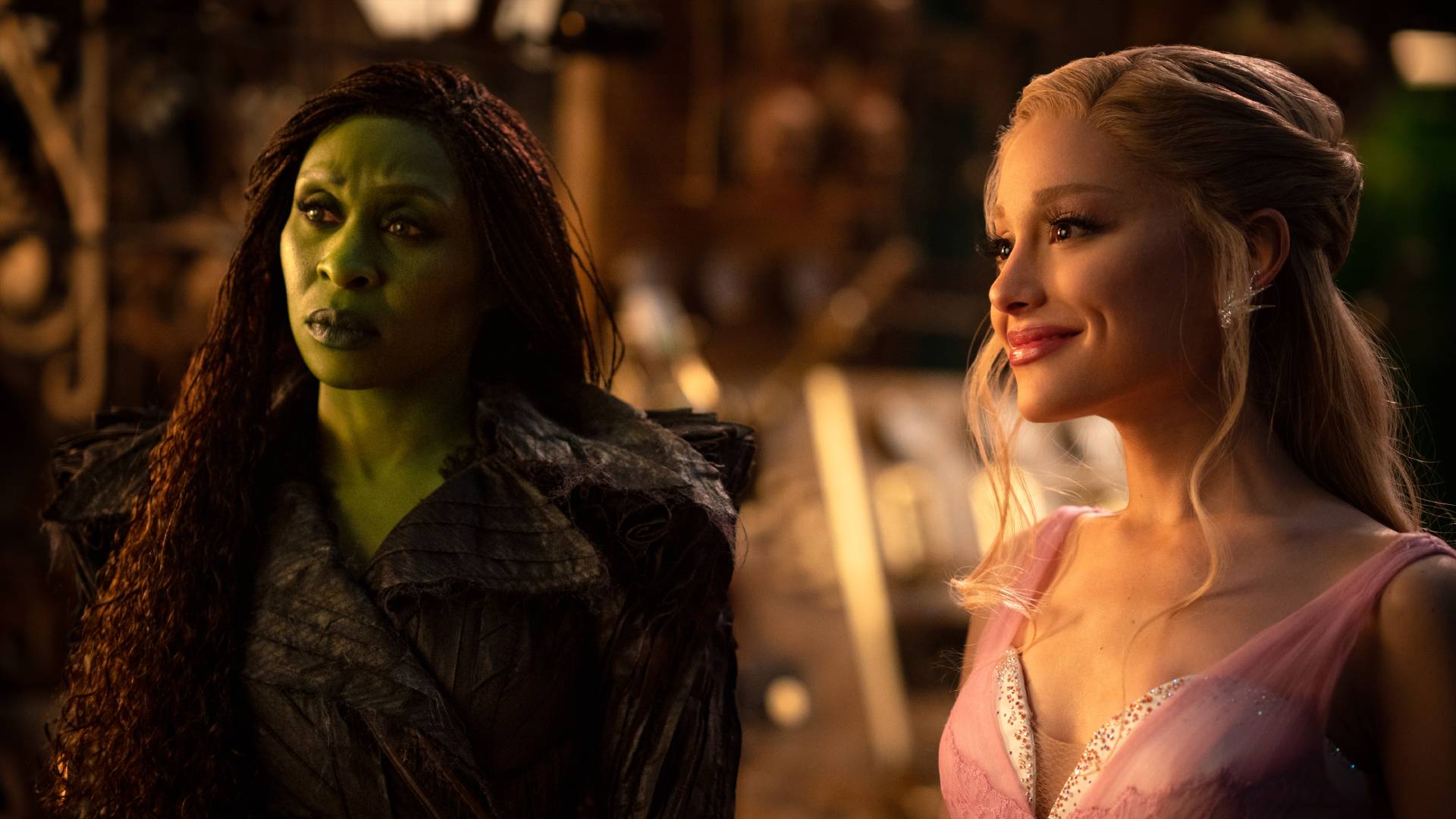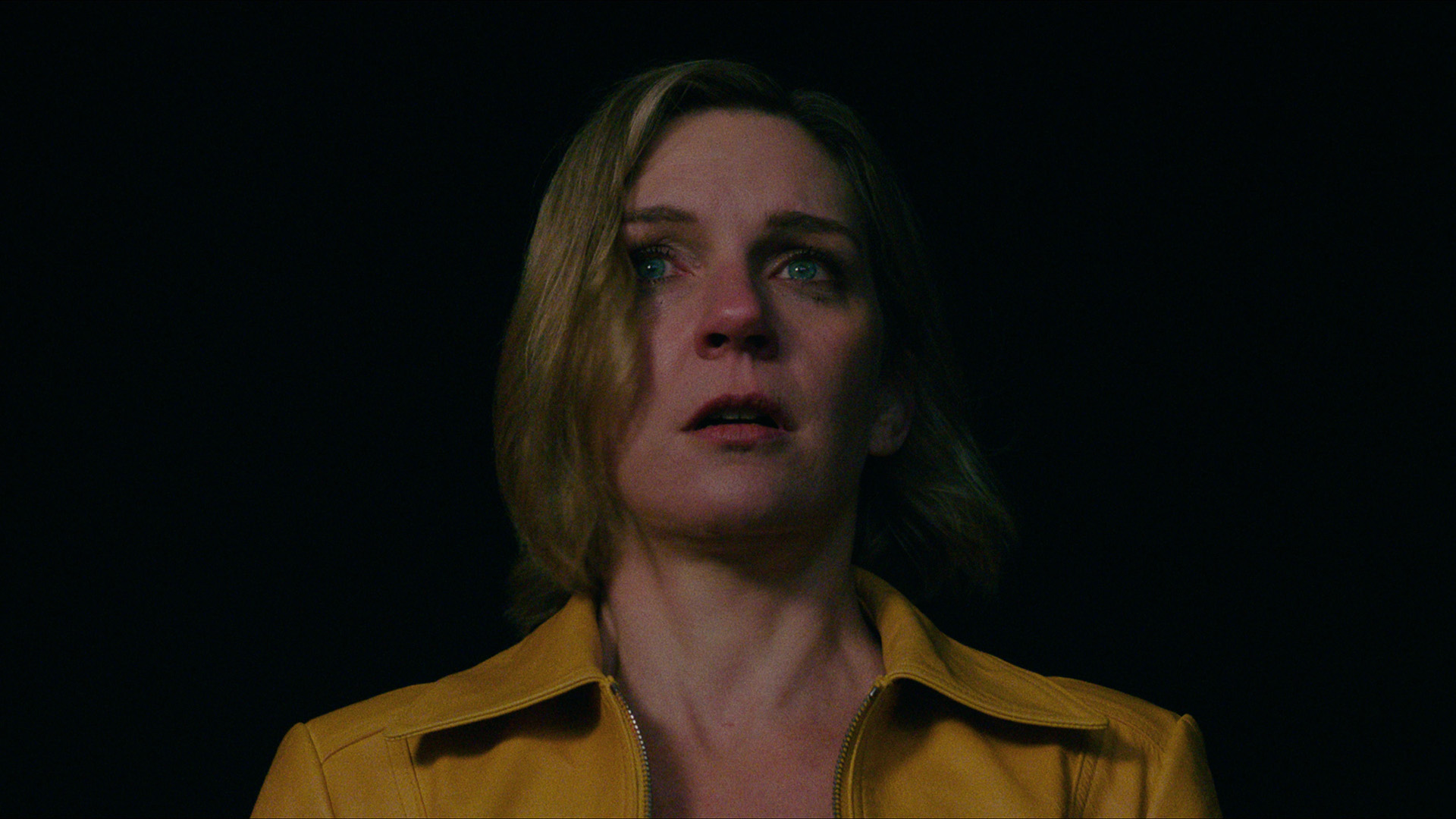Compared to Hollow Knight, Silksong "reworked how the bosses pick their attacks," and suddenly I realize why I got crushed so often
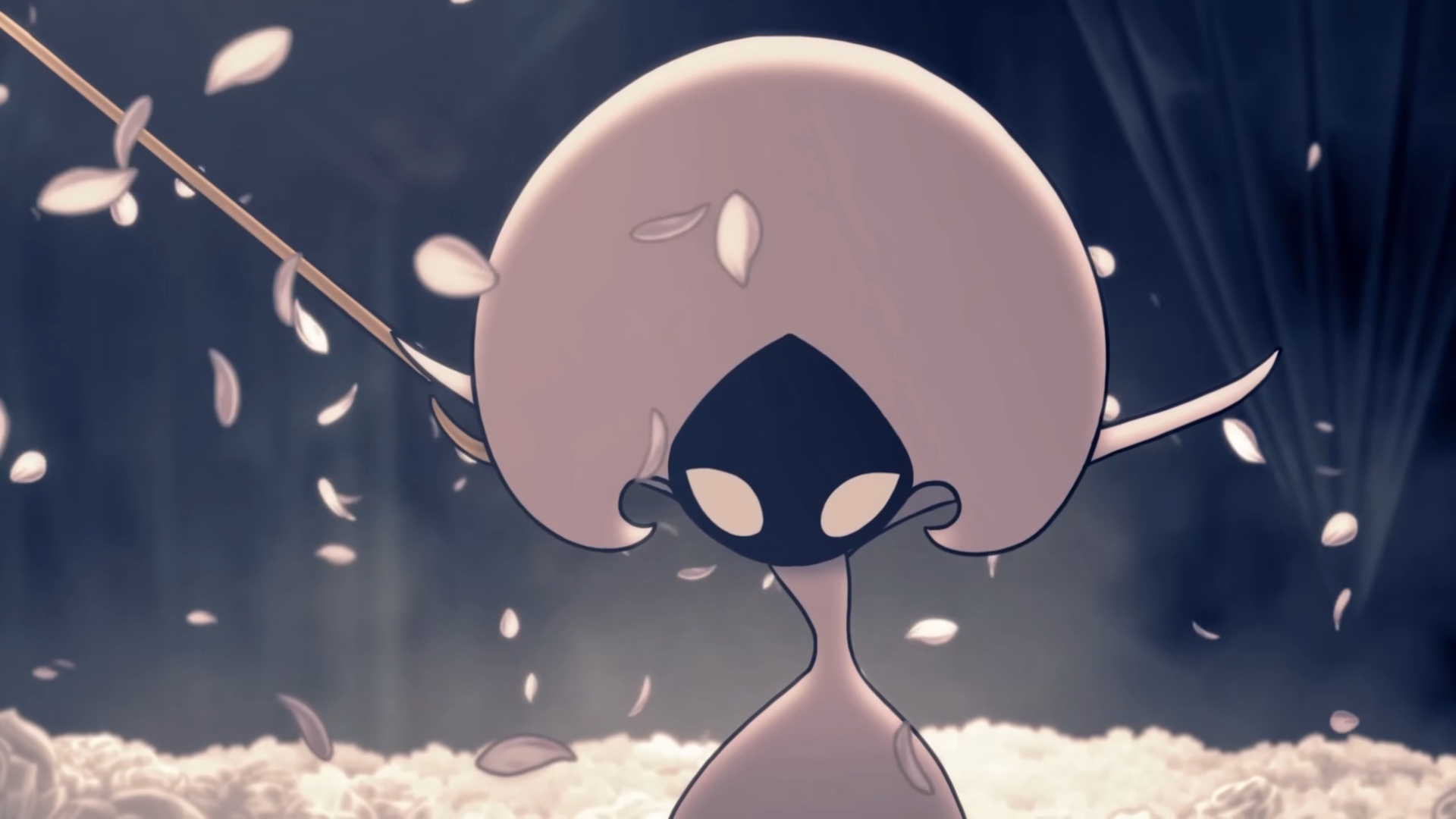
Hollow Knight: Silksong developer Team Cherry has already discussed how the world and enemies of Pharloom had to be designed to match the agility of new protagonist Hornet, but it wasn't until studio co-lead William Pellen explained just how boss fights changed under the hood that I fully understood why bosses crushed me more often than in the original game.
If you also found yourself running into bosses way more frequently in Silksong – not their attacks, but their actual body hitboxes as they move around – and nursing two-damage bruises all the time, please join me in a read of a new interview featuring Pellen and fellow head honcho Ari Gibson. It was published in a new paperback guide book by the ACMI (the Australian Centre for the Moving Image) as part of its Game Worlds exhibition, co-curated by interviewer Jini Maxwell.
Pellen explains how design decisions for the more tactile, aggressive world of Silksong directly impacted the programmed behavior for bosses. "One thing we did totally differently in Silksong, though I'm not sure if it's apparent in the gameplay, is that we reworked how the bosses pick their attacks," he explains. I can only speak for myself, but I'd say it is very apparent in the gameplay.
In Hollow Knight, Pellen continues, bosses would choose their next attack based on the position of the player. If you were far away, they might lob a ranged attack; up close, they might swing their weapon.
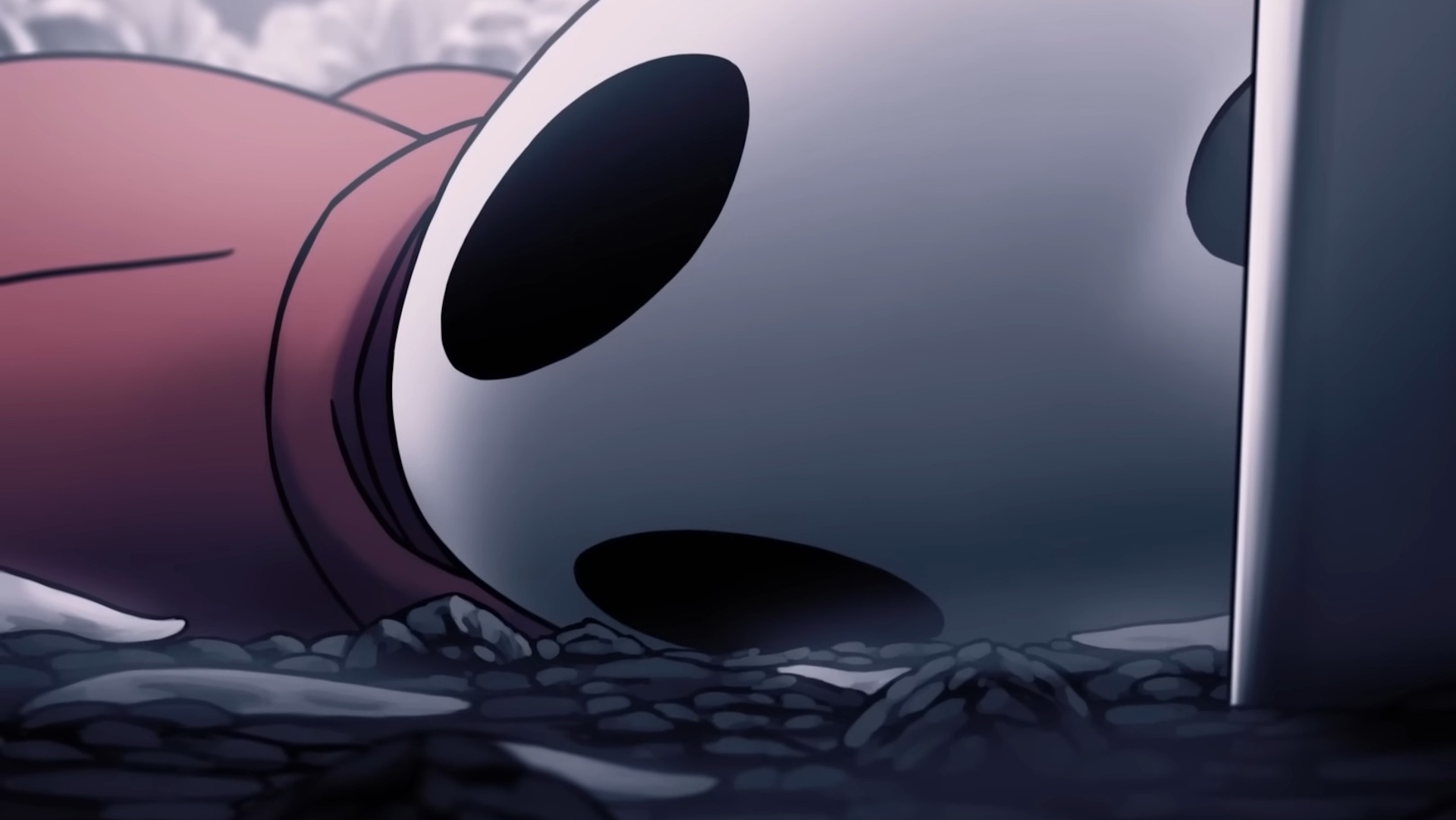
"But the bosses in Silksong will generally decide what they want to do and then move into the correct position to do it – the action gets decided first," Pellen says. In other words, they won't just shoot you, but "jump back and then shoot you." Combined with some uncomfortable angles of attack – often featuring ricocheting or recurring projectiles – this can put the player in some tight spots.
"Despite Hornet's agility, they're quite good at staying on top of you, as well as moving quickly into the correct attack distance," he adds. "Like the normal enemies, they're less reactive to your moves – they move with you."
This comes as no grand surprise, of course, but it does feel like this slotted a missing gear into my brain. It's a programming logic explanation for the tempo that's expressed in fights, and the perceived hyperactivity of many Silksong bosses. It's not just move select, but move-and-movement select, as it were. That explains a lot.
Weekly digests, tales from the communities you love, and more
Pellen and Gibson single out The Last Judge as an example of this logic in action. "The Judge is all about weight and strength, crushing you under themselves or under their giant censer that they'll slam into you," as Gibson puts it.
"They're quite weighty but they can dash to stay close to you at all times," Pellen adds, "so your experience of the fight is of this big wall suddenly appearing in front of you, cutting you off, cornering and pummeling you."
Yep. That's it. That's The Last Judge, all right. Funnily enough, the boss is widely regarded as an early "wall" for the game's difficulty curve – a major escalation that sets up the challenges to follow. How amusing to hear it described as a literal wall that relentlessly moves to squash you like a Mario Whomp, puppeted by fierce move select precision-engineered to make Hornet sweat. This is also welcome ammunition for my theory that Hollow Knight muscle memory can work against you at several points in Silksong.

Austin has been a game journalist for 12 years, having freelanced for the likes of PC Gamer, Eurogamer, IGN, Sports Illustrated, and more while finishing his journalism degree. He's been with GamesRadar+ since 2019. They've yet to realize his position is a cover for his career-spanning Destiny column, and he's kept the ruse going with a lot of news and the occasional feature, all while playing as many roguelikes as possible.
You must confirm your public display name before commenting
Please logout and then login again, you will then be prompted to enter your display name.
